In recent times, a trend has emerged of multiple piercings on the ears of both men and women, with conch piercing being one of them. It has now become a way of elevating the conventional style of accessorizing the ears, thus enhancing beauty.
One of the most popular types is conch piercing; it is the perforation of the outer part of the ear called the concha or auricle. It is a form of cartilage piercing done on the auricle to wear ear jewelry.
The piercing procedure
There are two ways to get a conch piercing: the inner and the outer conch. The inner conch is the cartilage fold above the canal of the ear, and it is located near the center of the ear. While the outer conch is the part closer to the ridges above the depression and makes up the contour of the outer ears.
When you’ve decided to get it, you should know that there are two methods of getting the piercing done, it doesn’t matter if you’ve chosen to do the outer, inner conch, or even both. The basic and common type is the use of the needle to puncture the right position on your ears. The needle part of your chosen earring can be used. This should be done after proper jewelry cleaning by the piercer.

The other method is to use a dermal punch. It removes a portion of your cartilage and is only used at your request. Most people opt for this method because it gives larger holes which means you can try on many types of jewelry.
Others say it is risky to use because it can cause tissue damage, potentially destroying surrounding nerves or blood vessels. It is so dangerous that it may even be illegal in some states in the US.
How much does it hurt?
The piercing is done on the hard part of the ear that contains cartilage. It can be quite painful but the pain should pass quickly once the jewelry has been put in the ear. During the session, the pain level is different for individuals depending on their pain tolerance scale.
In the days and weeks after, you may feel a throbbing pain around your ears. You may even feel more pain when trying to sleep. Irrespective of the pain you feel at the beginning, the pain is bound to reduce as the days go by.
How long does it take for conch piercing to heal?
Generally, it takes about six to nine months for it to heal just like most cartilage piercings. On the other hand, healing still depends on the individual’s body. It is advisable to leave in the jewelry used in piercing the ears in the first months of healing. You should also avoid sleeping on the pierced ear to enable speedy recovery. After you are healed you can change the stud earring and use more customized and fancier earrings.
Aftercare and side effects
The healing process of conch piercing is quite different. The cartilage part of the ears does not get proper blood flow, and thus will heal slowly. After getting a conch piercing, there are several precautions one must take to aid proper healing, and avoid the possible side effects that can come with this piercing.
First off, keep your ears clean by washing them with saline-based solutions. After washing, dry with a clean saturated towel. Don’t touch your ears without washing your hands as they usually carry a lot of dirt, and do not remove the stud until told otherwise.
As much as possible, you try to get in with your daily activities after getting a piercing while doing your best to leave the piercing alone—try to keep foreign objects such as your hair and headphones from the pierced part of the ear. These make the piercing prone to bacterial infection.
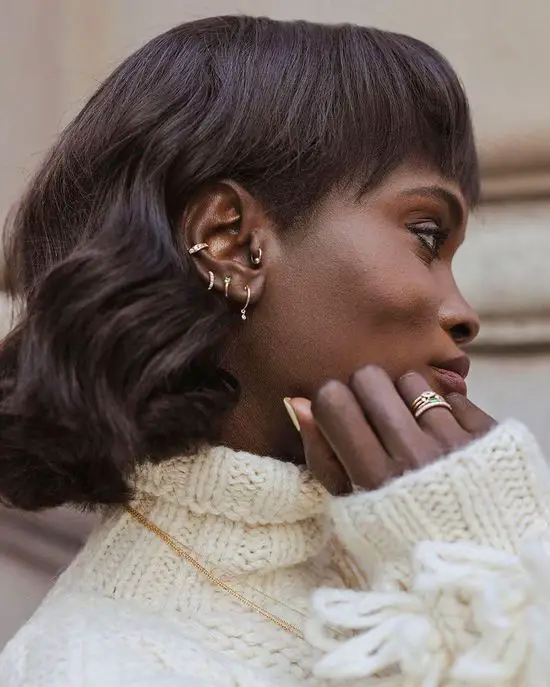
Side effects associated with it include painful swelling, slight fever and chills, bumps like keloid scar, contact dermatitis, and yellow-like discharge from the piercing. All these should reduce if you follow the aftercare instructions to the letter. If you feel you are not getting better, it is best to seek healthcare.
How to choose jewelry for your conch piercing?
The wait to change out of the original stud jewelry used for your piercing may seem long. When you are sure that you’re completely healed and have been given the all-clear by your piercer, then it is the right time to choose new jewelry.
There are two types: cartilage hoops and flat back studs. Under these two categories, there are tons of jewelry styles you can choose from.
Small and large hoops jewelry are suitable for the outer conch while studs with balls or flatbacks are best for the inner conch. In all, there are many slick pieces of jewelry you can go for depending on your style.
Conch piercings are beautiful and easy to wear. If you are considering getting one, consider your body and the placement of the jewelry. If you fancy a conch piercing, you should go for it as almost everyone else is getting it done.

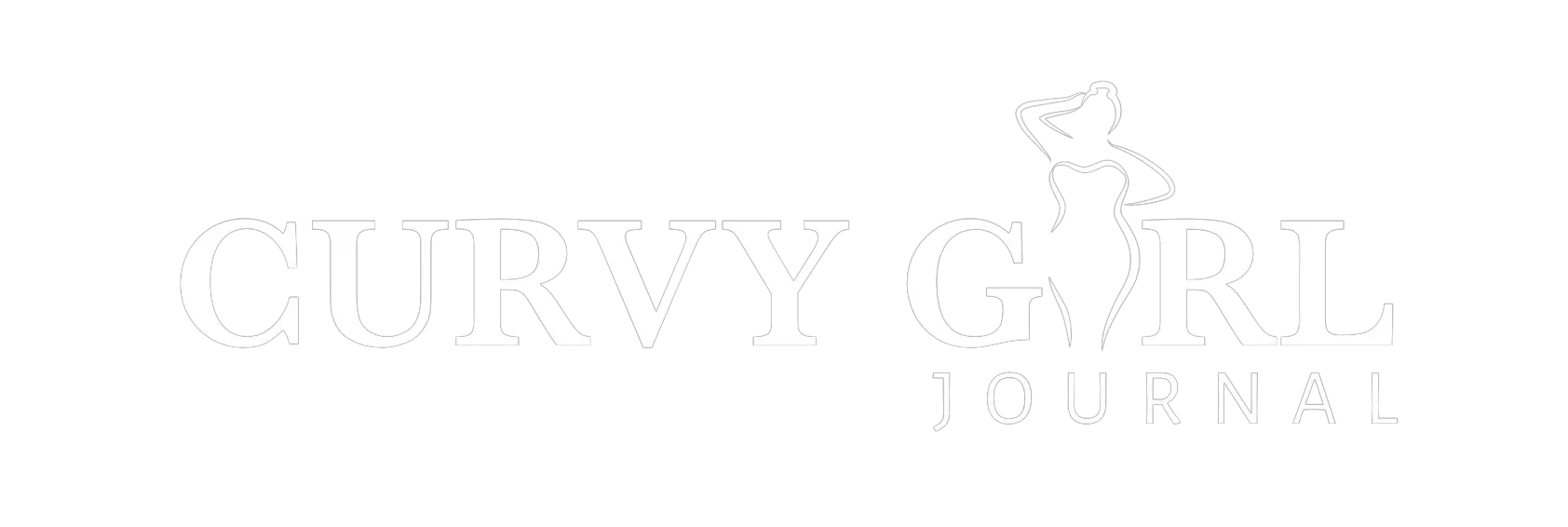












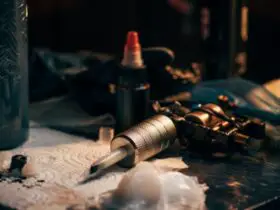




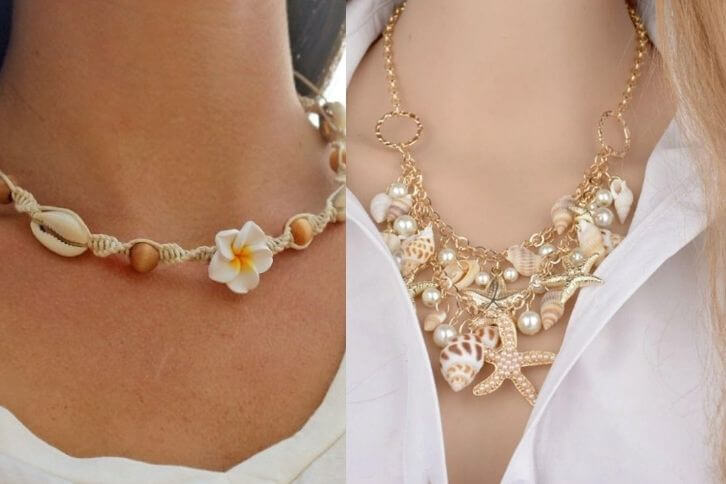
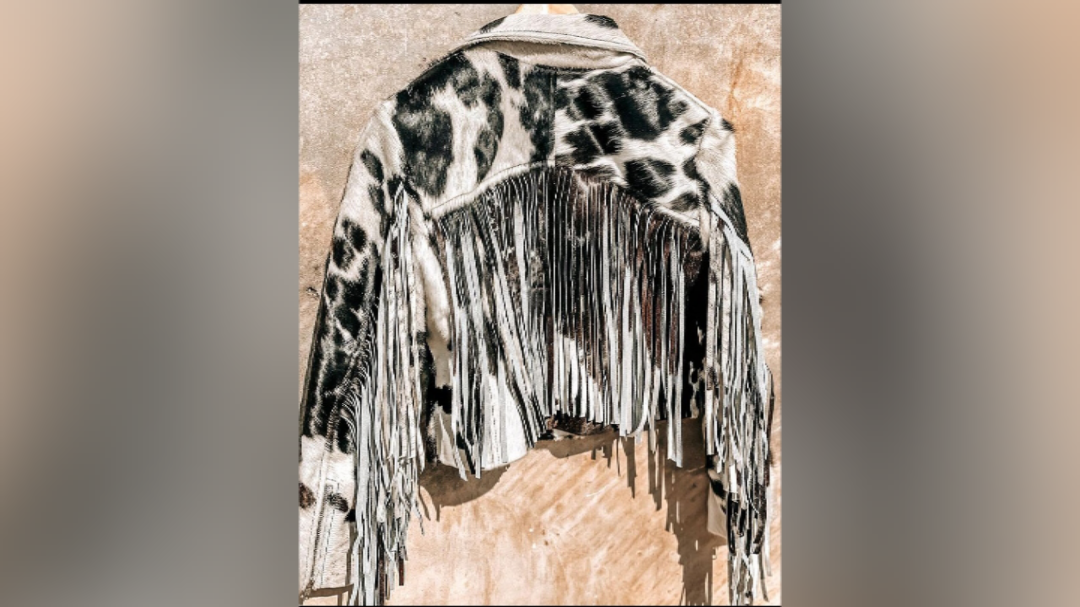
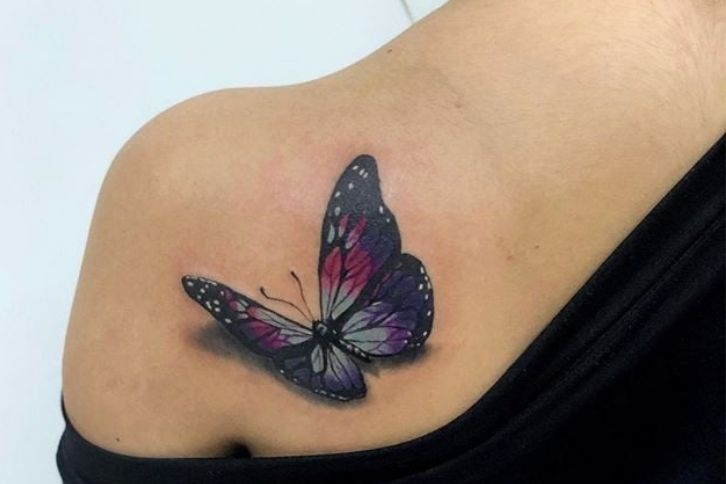
About Me
Fashion & Beauty Enthusiast
Hi, I'm Fanti. I'm a fashion, beauty, and lifestyle enthusiast, and the ultimate curves queen. Here, I share beauty, fashion, and lifestyle tips to teach, inspire, and give confidence to all women.